Foot-and-Mouth Disease
Biosecurity New Zealand is closely monitoring outbreaks of foot-and-mouth disease (FMD) in Malaysia, China and Indonesia. FMD is a major biosecurity threat to New Zealand and we all have a role to play in protecting our farms from this highly contagious disease.
FMD affects cloven-hooved animals (animals with two toes). In Aotearoa, this includes cows, pigs, sheep, goats, deer, alpaca, and llama.
Look out for these signs of FMD in your animals:
- High fever for two or three days
- Blisters or sores in the mouth, muzzle, feet and teats
- Drooling, tooth grinding and chomping
- Lameness (limping) or a tendency to lie down (pigs may also squeal when walking)
- Shivering or raised temperature
- Lethargy or depression
- Drop in milk yield for cows
- Death of young animals
If you're concerned about your animals' health or they're showing any of these symptoms, please contact your veterinarian or call the MPI pest and disease hotline (0800 80 99 66) immediately.
Veterinarians play an important role in identifying animals with suspected FMD and notifying the Ministry for Primary Industries (MPI) as soon as possible. Below are some resources to help you identify FMD and protect New Zealand farms from the disease.
> FMD resources for veterinarians [NZVA]
> Signs of foot and mouth disease: information for vets [MPI]
> FMD - What vets need to know with Dr Mary van Andel [Podcast, The Vet Chat NZ, 2022]
It's important for farmers and lifestyle block owners to maintain strong biosecurity practices, especially if you have workers travelling from countries with reported cases of FMD. Below are some resources to help you protect New Zealand farms from the disease.
> Advice to farmers and livestock owners about foot and mouth disease [MPI]
> About foot and mouth disease [MPI]
> Foot and mouth disease [DairyNZ]
Pigs and food waste
> Feeding food waste to pigs and preventing disease [MPI]
> Protect New Zealand, don’t feed pigs untreated meat waste [PDF, MPI]
> Supplying food waste for feeding to pigs [PDF, MPI]
Biosecurity planning
> DairyNZ Biosecurity Planner [PDF, DairyNZ]
> DryStock Biosecurity Guidelines [PDF, Beef + Lamb NZ]
> Biosecurity on your farm or lifestyle block [MPI]
> Biosecurity on your farm [MPI]
> Foot-and-mouth disease — What can sheep farmers do? [OSPRI]
> FMD Outbreak: First three days [Infographic, MPI]
> FMD: National Livestock Standstill [PDF, MPI]
All travellers entering New Zealand have a role to play in protecting our farms from FMD. Although there is a low risk of FMD entering New Zealand, it is important to follow all biosecurity rules to keep our country safe.
- Travellers must declare all goods, equipment, and food that could carry unwanted pests or diseases into New Zealand.
- Travellers must declare when they have been in contact with livestock.
- Travellers must not bring animal products such as meat into New Zealand.
- From 22 July 2022, travellers are no longer allowed to bring personal consignments of any meat products from Indonesia.
- If a traveller visits a farm overseas, they must clean their footwear thoroughly before departure.
- When someone arrives in New Zealand from a country with reported cases of FMD, there is a one-week stand down period before they can go onto a New Zealand farm or have contact with susceptible animals.
> New biosecurity measure to protect against FMD [MPI, July 2022]
> Foot and mouth disease update [Beef + Lamb NZ, July 2022]
> Biosecurity NZ committed to tough FMD protections [MPI, July 2022]
> Campaign to raise FMD awareness for travellers [MPI, July 2022]
> PKE audit shows strict FMD requirements being met [MPI, July 2022]
